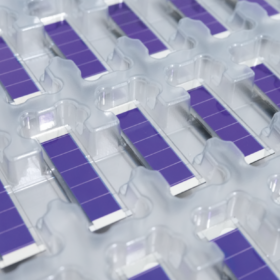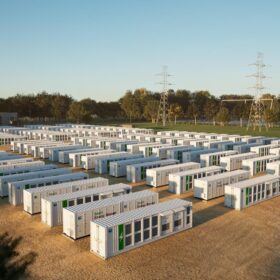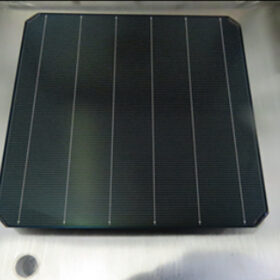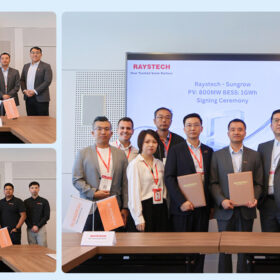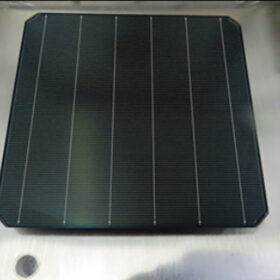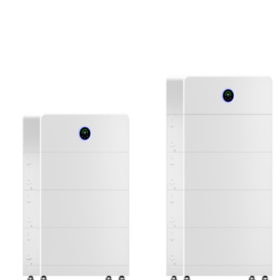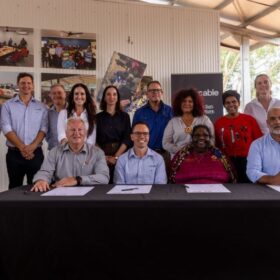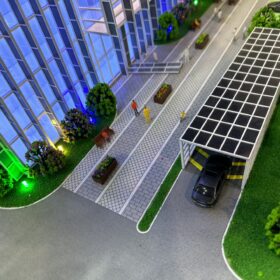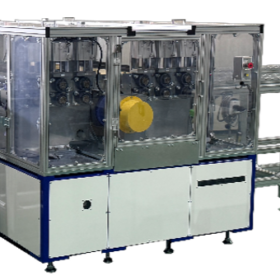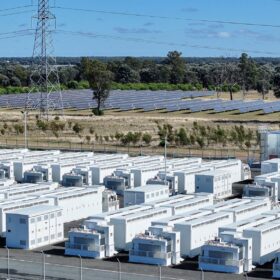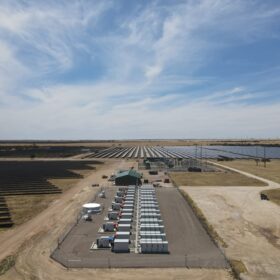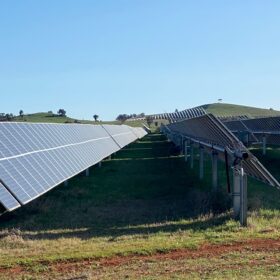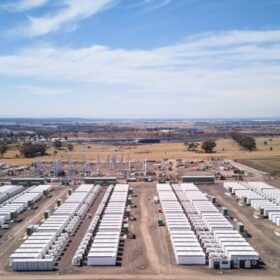ChasingLight Technology launches indoor organic PV modules
The China-based organic photovoltaics manufacturer has launched a line of indoor PV modules suitable for integration into digital office products and electronic devices.
Chinese manufacturers surge ahead in Australia’s battery storage market
About 10 GWh of battery energy storage supply deals were announced at or following All Energy, further contributing to the already rapidly growing market share of Chinese manufacturers in Australia.
Longi reveals details of world’s most efficient silicon solar cell
In a new scientific paper, the Chinese solar manufacturer explained that the 27.81%-efficient hybrid interdigitated back-contact cell it unveiled in April is based on passivated tunneling contacts and dielectric passivation layers, while also incorporating both n-type and p-type contacts.
Raystech to supply 1 GWh of Sungrow battery energy storage systems in 2026
At All Energy 2025, Sungrow inked deals with three Australian energy wholesale and distribution companies, Raystech Group, Supply Partners and Tradezone, marking a pivotal milestone in Sungrow’s efforts to accelerate Australia’s clean energy transition.
Longi reveals details of world’s most efficient silicon solar cell
In a new scientific paper, the Chinese solar manufacturer explained that the 27.81%-efficient hybrid interdigitated back-contact cell it unveiled in April is based on passivated tunnelling contacts and dielectric passivation layers, while also incorporating both n-type and p-type contacts.
GoodWe releases new residential all-in-one storage solution
The Chinese company says that its new ESA series is available with a hybrid inverter ranging from 3 kW to 10 kW and storage capacities of 5 kWh to 48 kWh. The IP66-rated product supports an MPPT current of up to 20 A on the PV side and allows 200% PV oversizing, according to the manufacturer.
SunCable strikes deal with traditional owners to build NT solar farm
SunCable has struck a multi-million-dollar deal with traditional owners that will enable it to develop the biggest solar farm in Australia on a cattle station in the Northern Territory.
South Korea mandates solar systems at public parking lots from late November
The South Korean government says all public parking lots larger than 1,000 square metres will be required to install solar power systems from the end of this month, as part of a nationwide policy to accelerate renewable energy adoption in urban areas.
Chinese PV Industry Brief: Major solar manufacturers report steep Q3 losses
Longi Green Energy, JinkoSolar, and JA Solar each posted significant third-quarter losses amid continued price declines and high inventory levels, raising concerns among analysts about oversupply and margin pressure across the PV supply chain.
Japanese companies partner to establish solar glass recycling scheme
Two Japanese companies have announced a partnership to advance the recycling of solar panel cover glass for application in architectural flat glass production.
